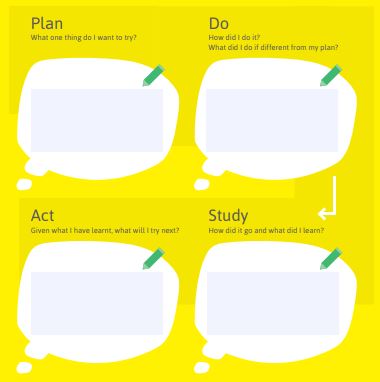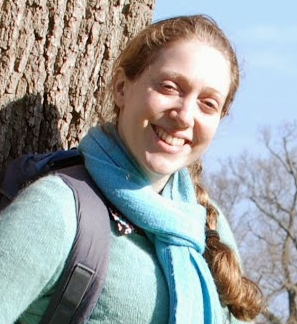How do we know how well we’re communicating? What’s the difference between how we think we come across, and what the other person actually hears or understands? This can be tricky to judge, and there are various ways of evaluating our communication.
The Bullseye feedback tool is helpful for getting honest feedback. Communication training has been shown to make a difference to patient care, but often seems to be a low priority as time and funds are limited, with other clinical skills taking precedence. In other cases maybe communication skills are seen to be “good enough” or sometimes taken for granted, though research tells us that children and young people don’t feel listened to or involved in their care.

Self-reflection and reflective practice is crucial for self-development, listening to feedback and learning new skills. For some, this comes more naturally than others. Daily life can hinder our ability to do this, with busy caseloads, stressful jobs and hectic lives placing more demands on our time and energy.
Ad hoc work discussions or formally scheduled discussions are valuable ways to facilitate time for reflection, on ourselves individually and how we work as a team. This can be challenging because discussing our strengths and weaknesses puts us in a potentially vulnerable position, particularly when sensitive topics are involved. Working within care also comes with expectations and assumptions that we are good at communicating, and if a situation doesn’t go well, a feeling of failure. But excellent communication skills don’t stop difficult and complex situations making conversations really challenging. Feelings that we should be able to communicate “well” or “better” can create barriers to people discussing these skills openly, and when people feel defensive about this, it can hinder development even further.
Conflict between people in difficult circumstances or stressful environments could be seen as inevitable. Different communication styles between individuals can also create issues between people who both “communicate well”. We can all continue to learn and develop how we communicate.
Working part time clinically and part time with the Me first project has given me a luxurious amount of time to reflect on my own communication skills, my interactions with young people, parents and how I work within teams. This has given me the space to learn from my experiences, figure out what I can do better and how to do this, planning ahead for conversations. Having space at work as a team to jointly reflect on our work is also invaluable. I still have much to learn but I’d like to share two quick things that I have found helpful for reflective practice both individually and as a team. These are the PDSA (Plan Do Study Act) and the Me first communication model.
The PDSA cycle is used widely in industry and healthcare. I have used it to help plan conversations, reflect on what went well and what could have been improved and then plan what to do next. It’s very easy and quick to use.

I’ve also been using the Me first communication model as a reflective tool in a simple, specific way that I hope others will find useful. I use the questions in each box of the model (phrased in the voice of the child or young person) to question myself:
· How does the young person really know I’m listening to them?
· Does the young person know why we’re meeting and what choices they have?
· Do I know what’s important to the young person as an individual (thinking holistically)?
· Have we all genuinely agreed to the plan and does everyone know what’s going to happen next? How do I know this?

I have found this helpful and important to check on a regular basis. It’s also helped to lead conversations within the team, and to help professionally challenge colleagues in a supportive, young person focused way.
If you find yourself asking “How did I come across in that conversation” or wondering what words are helpful or why a person reacted in a certain way, I recommend using these tools to help. They are great tools for independent CPD, for use in departmental training, supervision or discussion groups.
Please do get in touch if you have any comments or if you try using these – we’d love to hear about people’s experiences and are always interested to hear of new ideas.
Rachel Naunton, Specialist Paediatric Physiotherapist and Me first Practice Facilitator
